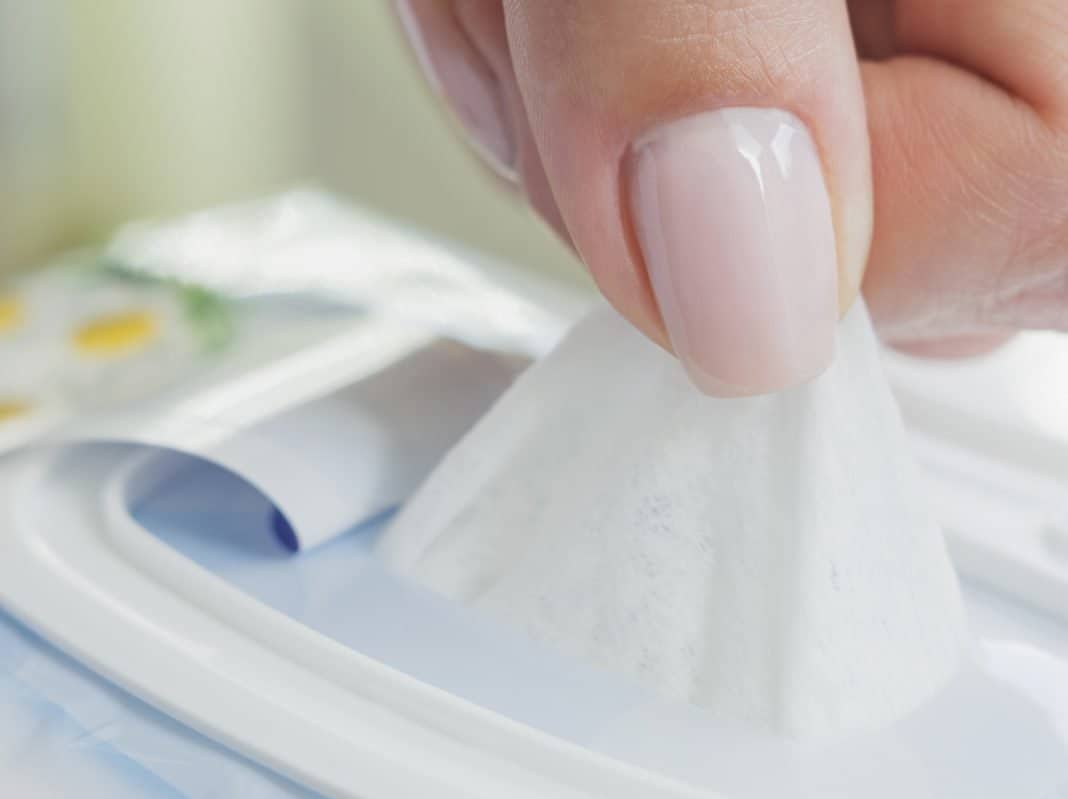One day in the office, a design team member – a father of two – made a point of showing the difference between the ingredients in two brands of baby wipes.
One brand of baby wipes listed up to about 60 ingredients, half of them surely unknown to the average human. Another pack of baby wipes listed just two ingredients, one being water.
“Would you want to put all of those ingredients on your child?” my colleague asked, referring to the first brand of baby wipes.
Pharmacy Assistant Bryan Hann from Midland Pharmacy and Compounding Centre and Mundaring Village Pharmacy in Perth, elaborates on this further: “I believe it’s very important for consumers, whether it be new parents or grandparents, to read the labels, including (but not limited to) baby wipes, as it’s important to know what you’re putting on your little one’s skin.”
Mr Hann talks of the side effects of some baby wipe products, and the complaints he has heard in the pharmacy after parents or carers have used products on children.
“When discussing with, or recommending to a customer, I always talk to them about the difference between our skin as adults and their baby’s skin, which is very delicate and much more sensitive.”
Some of the harmful ingredients can include:
- Polysorbate 20: “This is often treated with ethylene oxide, which can also be contaminated with potentially harmful by-products known to cause skin reactions and allergies.”
- Parabens: “These are preservatives which are known to cause reactions and rashes.”
- Phenoxyethanol: “This is often used in place of parabens and is widely believed to be a safer synthetic preservative. Infant exposure has been associated with skin irritation, such as eczema.”
To view the full list of harmful ingredients to keep an eye out for, click here to read the full article as seen in the October issue of Retail Pharmacy Assistants magazine.






